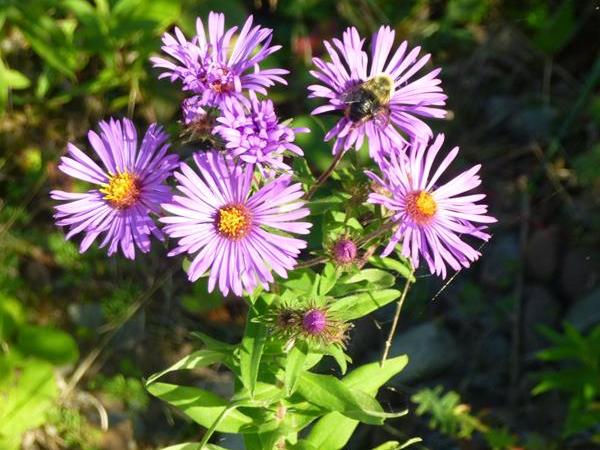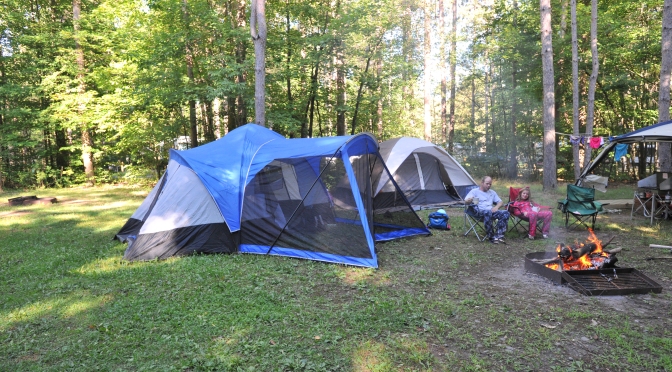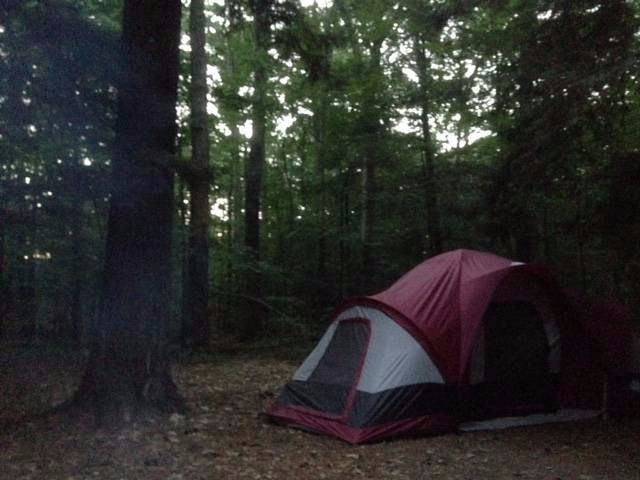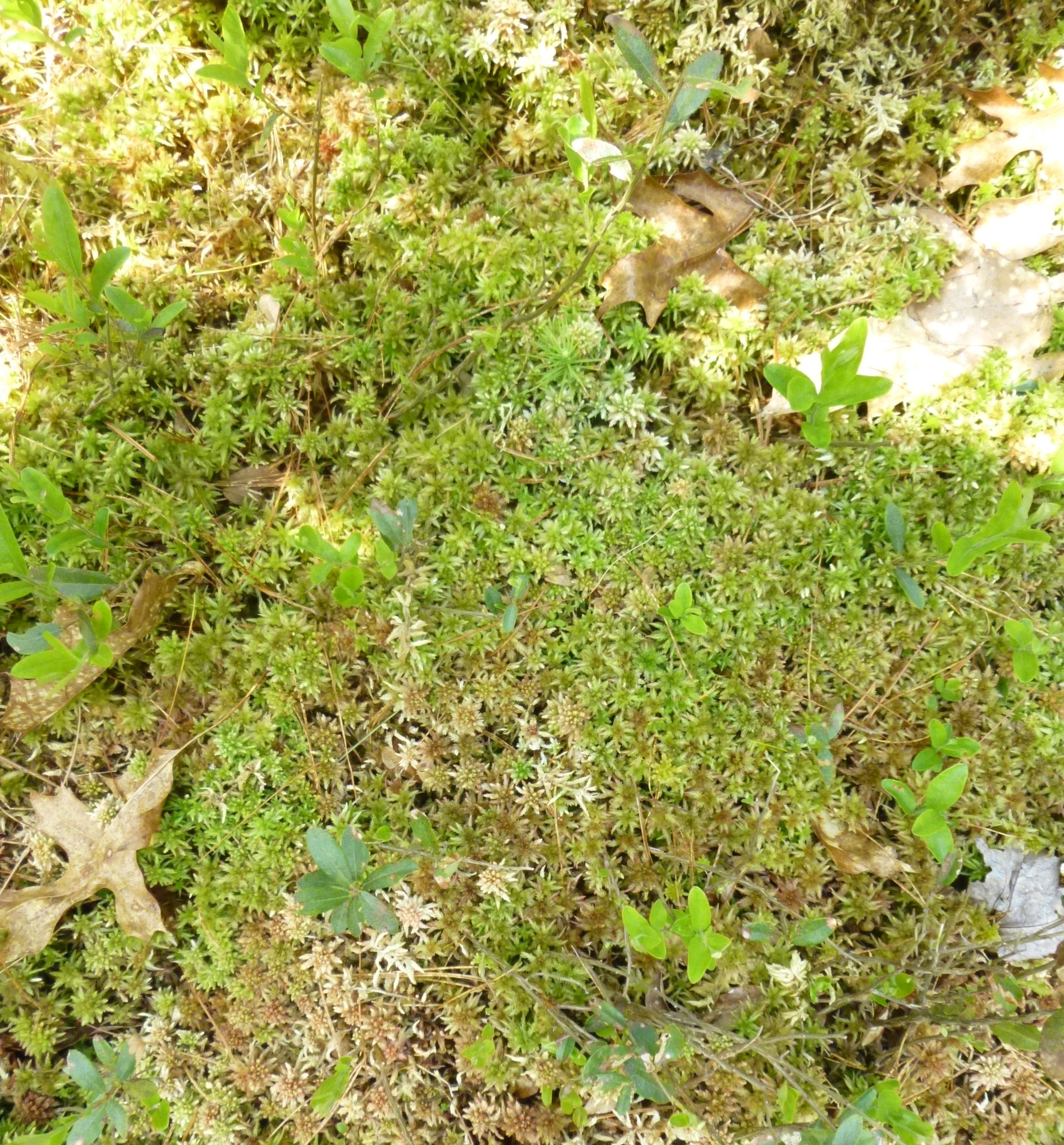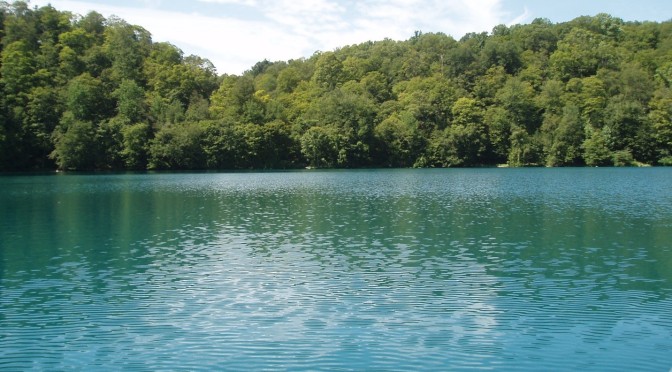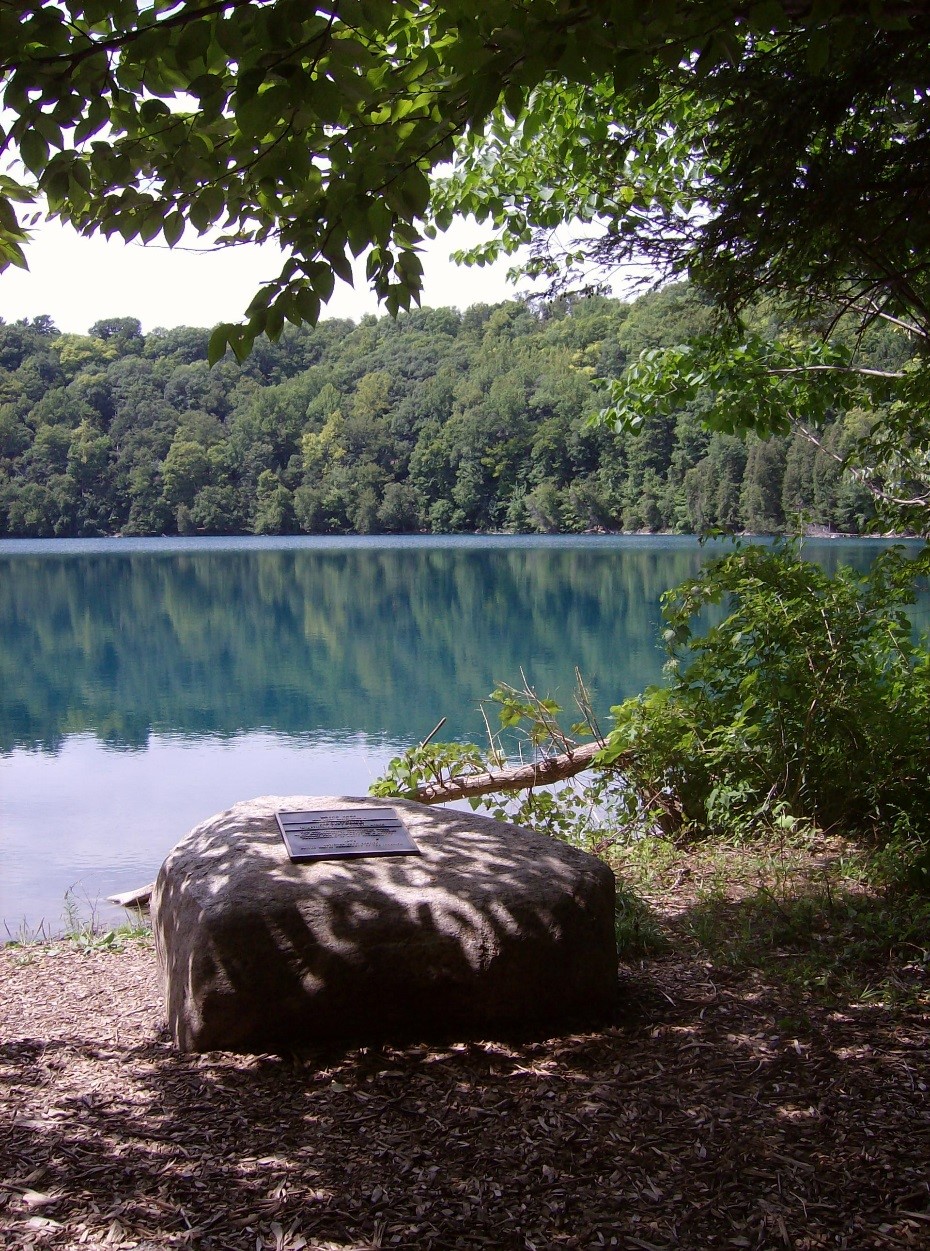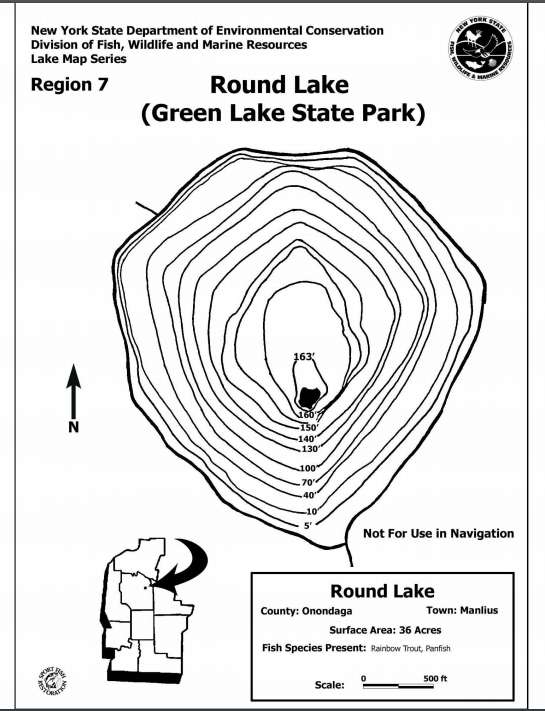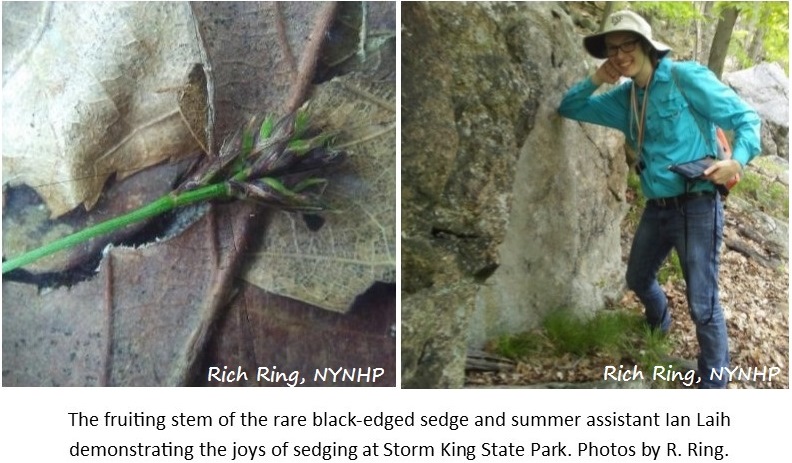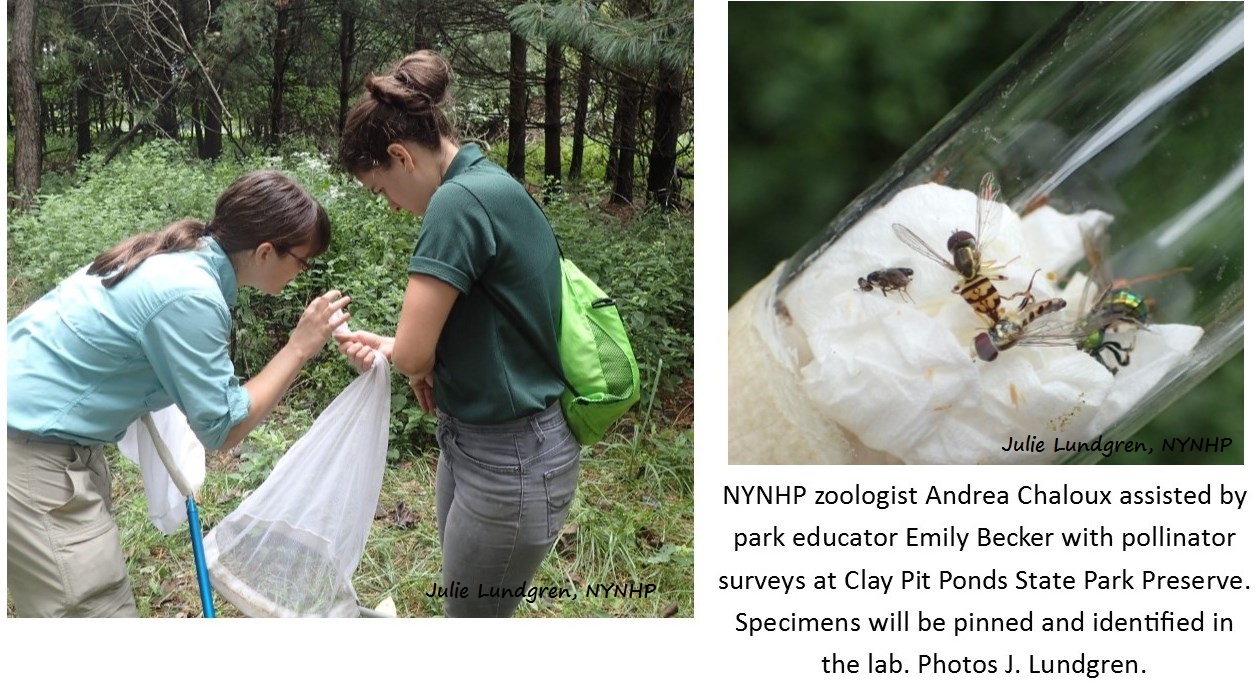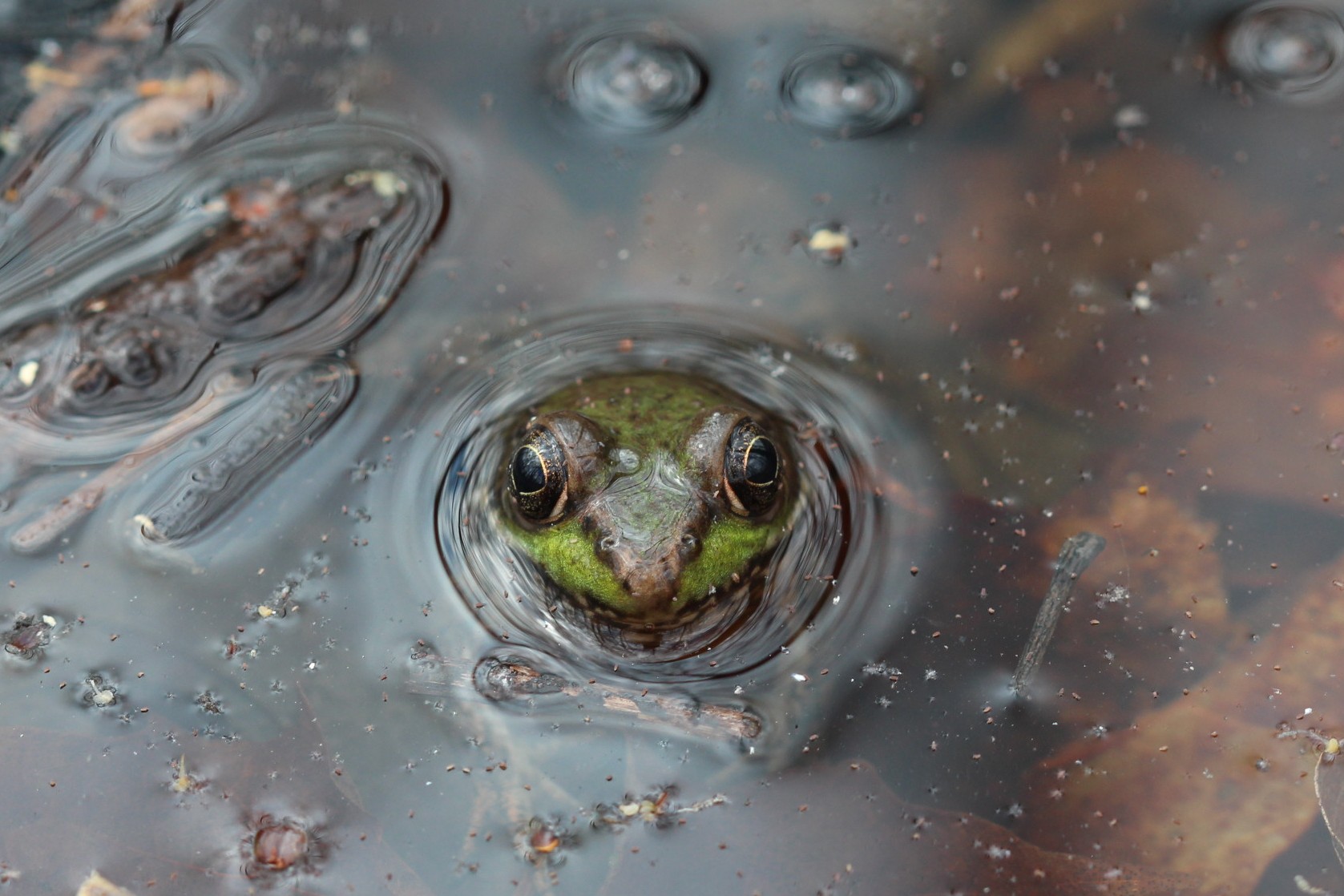Summer is in full swing, with flowers blooming and bees buzzing. Our native pollinators, which also include flies, butterflies, and beetles, are an important part of New York’s ecosystems. They work hard to pollinate our trees, wildflowers, gardens, and crops. Some of these native pollinators appear to be declining. To learn more, scientists have been evaluating the populations of pollinators throughout New York as part of the four year Empire State Native Pollinator Survey (ESNPS).
The ESNPS is a project that aims to determine the distribution and conservation status of target pollinator species in New York. This project is made possible through work by both scientists conducting statewide surveys and community members submitting pollinator pictures and specimens they have observed.
In the last few years, zoologists with New York Natural Heritage Program (NYNHP) have visited more than 60 State Parks throughout New York State searching for a variety of target pollinator species. Community scientists have also been contributing their finds with photos added to the ESNPS iNaturalist project page.
More than 21,000 observations had been submitted to this multi-year project byMarch 2021, with the project constantly growing. These observations have been submitted by over 600 people and represent over 1,400 species. The Empire State Native Pollinator Survey is accepting photo submissions through September 2021 and you can help!
Be A Community Scientist
Do you want to help contribute to pollinator survey efforts? The project is accepting photo submissions through September 2021! Photographs can be submitted through the ESNPS iNaturalist project page or through the iNaturalist app after joining the project online. This can be a fun activity to do solo or with friends and family the next time you visit a State Park. Pollinators can be found in a variety of habitats – keep an eye out for wildflowers on warm and sunny days to see what you can find. If you are able to snap some good pictures and upload them to iNaturalist, experts can help you identify the species you have found. It is a great way to learn, too.
What to Look For
Below are some pictures of the target species for this project that have been found in New York State Parks. New York’s pollinators have so much variety! These are just a few examples of what to look for and photograph.
Cuckoo Bee
One of the interesting bumble bees we have in New York is Fernald’s Cuckoo Bumble Bee (Bombus flavidus=fernaldae). Cuckoo bumble bees are a group of parasitic bees that are unable to collect pollen or raise young. These bees will take over the already established nests of other bumble bees by invading and incapacitating or killing the queen. The Cuckoo bumble bee then forces the workers to raise its young.
Bee Mimics
Look closely at the Bare-eyed Bee-mimic Fly (Mallota bautias) and Eastern Hornet Fly (Spilomyia longicornis); these are flies that are called bee mimics. Bee mimics can look very similar to bees, hornets, or wasps. Imitating insects with stingers is a defense mechanism for these harmless flies.
Longhorn Beetles
The project is also interested in information on the 100 species of longhorn beetles. These beetles generally have very long antennae and come in a wide variation of colors and patterns. They too are pollinators.
Where Should I Look?
You can find native pollinators all over. State Parks have a great variety of natural habitats where you can find interesting pollinators. Sunny days with not too much wind are ideal. Some of the counties that would benefit from additional surveys are Chenango, Cortland, Fulton, Lewis, Montgomery, Orleans, Tioga, and Yates.
Look for flowers along trails through fields, meadows, dunes, forests, or even in marshes and stream sides if you kayak or canoe. Stop and look for a bit to see if any pollinators settle down on the flowers. Photograph from a distance first and then try to move in for some close-ups. The insects are often so intent on feeding that they don’t fly away.
If you can help, sign up for the Empire Pollinator Survey ESNPS iNaturalist project page and submit your photos on that project page or the APP before Sept. 30, 2021. The results from the project are anticipated to be available in spring 2022.
Post by Ashley Ballou, Zoologist, NY Natural Heritage Program www.nynhp.org
Resources
Read more about State Parks and our efforts with pollinators in previous posts in the NYS Parks Blog.
Pausing to Ponder Pollinators
It is Pollinator Week, the week we celebrate pollinators small and tiny. Our native pollinators, including bumble bees, mining bees, bee flies, longhorn beetles, and flower moths, play an important role in supporting the diversity of plant life in New York. Since 2016, State Parks staff has been working hard to help protect our native…
Protecting Pollinators
Across New York, State Parks staff is working hard to help support the diverse populations of pollinators from bees to butterflies, beetles, wasps, and more. Here’s a sample of the pollinator protection projects going on this year in State Parks. Rockefeller State Park Preserve Wild Bees Photo Exhibit Working from their photographs from both Rockefeller…
Plants for Our Pollinators
New York State Parks is abuzz with excitement for pollinators. From June 20-26, we celebrate both National Pollinator Week and New York State Pollinator Awareness Week. Our local bees, butterflies, moths, birds and other pollinators are to thank for most of the food we eat, as well as for many of the trees and flowers…










